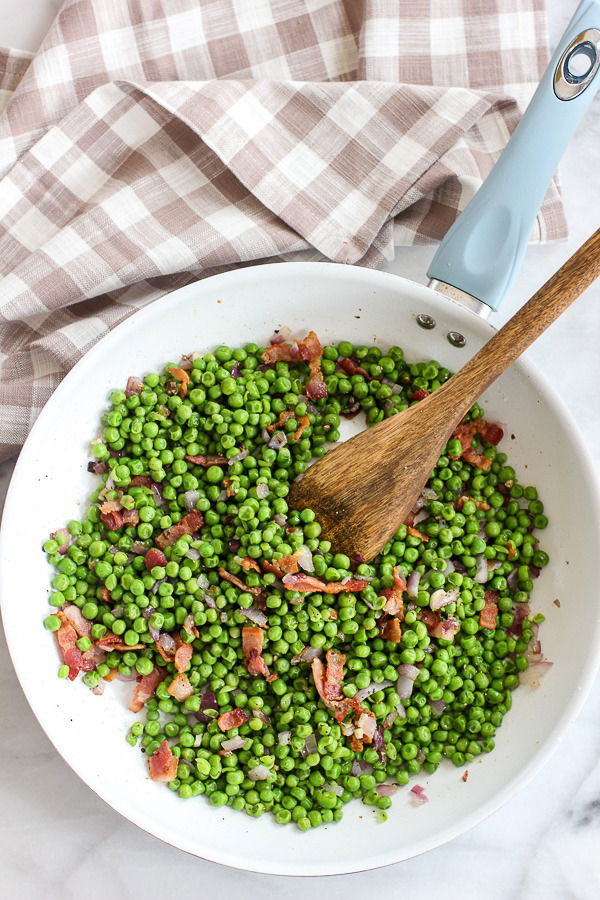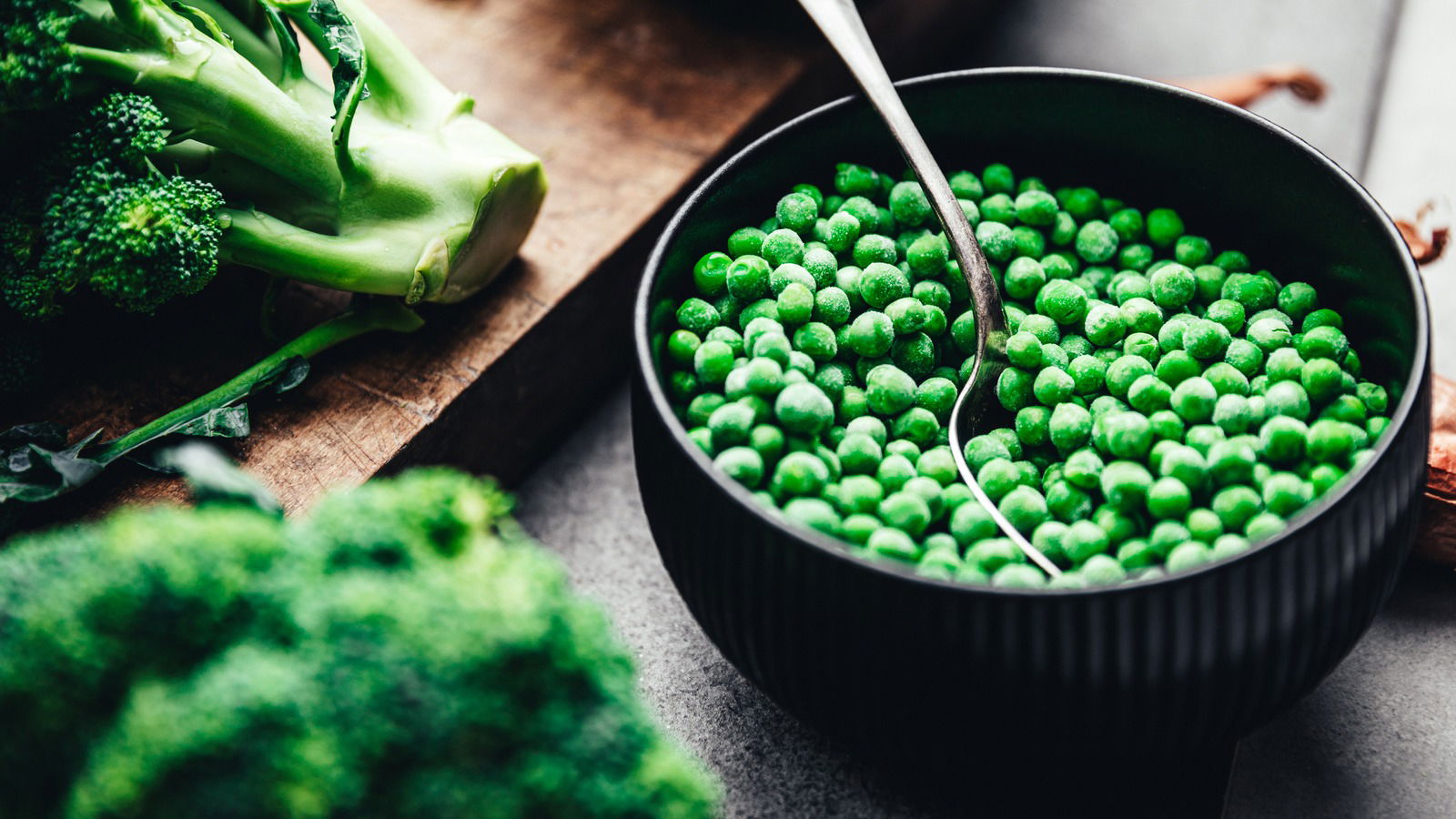
Frozen peas (often confused with snow peas) might seem like a simple ingredient to work with, but they’re frequently cooked the wrong way—leading to dull, mushy, and flavorless results.
The main reason? They’re usually tossed straight from the freezer into boiling water, which ruins their color, texture, and nutritional value.
Here’s how to cook frozen peas the right way—so they stay vibrant, tasty, and perfectly tender.
The Right Way to Handle Frozen Peas
Unlike many other vegetables, frozen peas shouldn’t be thawed at room temperature or in the microwave. They require gentle handling to maintain their structure and flavor.
1. Don’t Thaw Them in Advance

Frozen peas, unlike meat or fish, are best cooked straight from frozen. But the key is not to overdo it. One of the most common mistakes is boiling them for too long, which leaves them mushy and bland.
Here’s what to do instead:
- Bring a pot of water to a boil.
- Add a pinch of salt and a little baking soda if you want to preserve their bright green color.
- Add the peas directly from the freezer.
- Boil for only 2 to 4 minutes, depending on your preferred level of tenderness.
- Drain and immediately rinse with cold or ice water to stop them from overcooking and keep their crispness.
2. Add Peas Last in Stir-Fries or Stews

When making rice dishes, stir-fries, or stews, avoid tossing in the peas at the start. Since frozen peas are already partially cooked during processing, they only need a short time to heat through.
Helpful hint:
Add them during the last 3 to 5 minutes of cooking. This way, they stay whole, sweet, and don’t lose their texture.
3. Don’t Cover While Cooking for Too Long
Simmering peas in a covered pot for more than five minutes traps steam, which can make them soggy and lifeless.
Better method:
Sauté them uncovered over medium heat using a bit of olive oil or butter. Stir gently as they cook. This approach enhances their natural sweetness and prevents them from becoming watery.
Extra Tips for Perfect Peas:

Add a small amount of sugar if you want to bring out their sweetness—great for salads or side dishes.
Try pairing peas with fresh herbs like mint for a more elevated flavor.
Avoid reheating peas more than once. They’re best when freshly prepared.
When boiling, use just enough water to cover them—no more.
Skip the lemon juice or vinegar during cooking; their acidity can alter the peas’ texture and color. Add them at the end instead.
Final Thought:
Cooking frozen peas isn’t difficult, but doing it well takes a little care. By avoiding overcooking and handling them with attention, you’ll get peas that are vibrant, sweet, and perfectly tender every time.
Just a few small changes in technique can make a huge difference in both flavor and presentation.

















